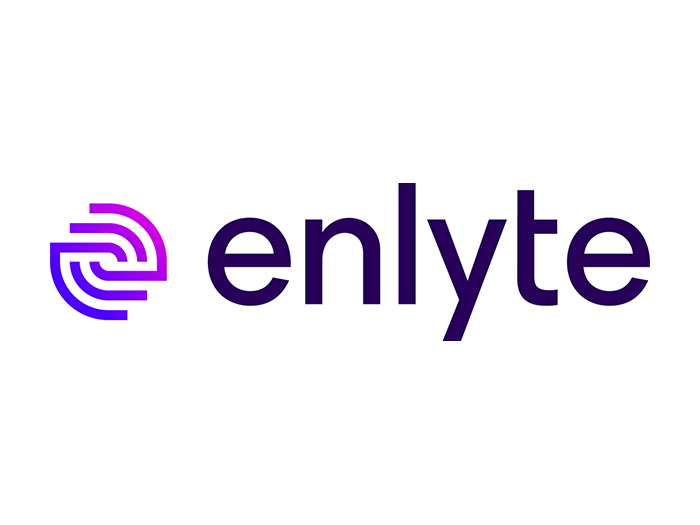10 Questions for Gretchen Thompson of The Hartford

In October, Risk & Insurance caught up with Gretchen Thompson, senior vice president, middle and large business with The Hartford. What follows is a transcript of that discussion, edited for length and clarity.
Risk & Insurance: Thanks for meeting with us Gretchen. How is The Hartford addressing the evolving nature of global risk and interconnectivity in today’s environment?
Gretchen Thompson: In today’s world, we’re seeing numerous emerging risks occurring simultaneously alongside rapid technological advancement. The Hartford is approaching this challenge in a customer-centric way, focusing on understanding customer needs and continually enhancing customer experiences through technology.
We’re addressing interconnectivity through three main avenues. First, we focus on proactive risk reduction. Second, we arm our underwriters with data-driven insights that enhance decision-making. Finally, we think holistically about the all the participants in an insurance transaction – the customer certainly, but also our agent and broker partners and how technology can enhance the process for everyone involved.
R&I: How is the relationship between brokers and carriers evolving to deliver better outcomes in today’s market?
GT: The relationship is only getting tighter. One could argue that sometimes technology pushes the human element further apart, but The Hartford approaches this by utilizing technology to bring us closer to our agents and brokers, offering them proactive insights and a more personalized experience. We create value as a carrier by helping our agents and brokers help the customer with robust risk mitigation ideas and better insurance coverage solutions. When you combine the insights from a carrier and insights from an agent or broker, it becomes very powerful for the customer.
R&I: How is The Hartford innovating its technology platforms to enhance customer experience throughout the insurance process?
GT: At The Hartford, we’re reimagining the insurance experience. Technology enables us to deliver proactively with speed, transparency, and personalization every step of the way. Across the insurance life-cycle – from initial submission, to policy issuance, to policy servicing, to claims – we are using tools that help us move quickly and communicate in real-time. I use the term “self-service” not to suggest we’re hands-off, but to describe a more efficient way for agents, brokers and customers to access information that matters to them more quickly and with deeper insights. Our approach centers on optimizing every touchpoint that impacts customer experience.
R&I: How is data collection responsibility divided between carriers, brokers, and customers?
GT: Carriers and agents / brokers handle most of the data collection needed for insurance transactions. There is still important information carriers need directly from customers, particularly regarding the insurance purchases they want to make. Wherever we can, we focus on making the data collection process easier by reducing and simplifying the manual effort on the customer’s side.
R&I: How does The Hartford strategically utilize social media to connect with customers and share information?
GT: Our strategy is rooted in meeting customers where they are — whether through traditional channels like agents and brokers, or digital platforms like social media, mobile apps, and AI-powered tools. Traditional methods remain vital for complex risk discussions and relationship-building, while digital channels offer speed, convenience, and personalization.
Helping customers feel comfortable with risk mitigation techniques is an area where social media helps significantly. Other digital marketing platforms also make it easier to reach more individuals, and we use technology solutions to personalize these interactions.
While we are an insurance carrier, our main objective is to help mitigate risk. By educating our clients more effectively, we aim to create better and lower-cost outcomes in the future.
R&I: How does The Hartford approach continuous improvement across different aspects of the business?
GT: I categorize continuous improvement into a couple of distinct areas. Some improvements translate directly to the customer, and that’s at the heart of everything we focus on across our value chain.
There’s also continuous improvement related to productivity and efficiency within our organization, whether as an insurance carrier or broker. What’s great about focusing on these internal areas is that they eventually translate to customer benefits in terms of speed, ease, accuracy, and an overall better experience.
Continuous improvement resonates throughout The Hartford as we embrace and invest heavily in technology. Transformative technology and data capabilities are reshaping how we operate and grow, unlocking agility, accelerating innovation and driving business performance. These investments yield outcomes that ultimately benefit the customer through enhanced speed, ease, accuracy, and customization in their experience.
R&I: How does The Hartford engage with clients on risk management planning and document creation?
GT: Our approach centers on dedicated industry specialists who understand the industries that they underwrite and can design and deliver risk mitigation plans based on detailed loss and exposure analysis. These plans are delivered via self-service, virtual, on-site, or hybrid formats, as well as supported by ROI business cases to justify equipment upgrades and process changes.
We encourage collaboration in risk management planning and building documents like safety plans. Our approach can be as light as providing written recommendations after assessing a company, offering insights to help them proactively manage risk. We can also provide more hands-on, on-site assistance from a service perspective.
We offer the whole range of risk management services.
R&I: How should brokers and carriers navigate current market volatility and macroeconomic changes to maintain sustainability?
GT: We should navigate it together. Strong connectivity between agents, brokers and carriers helps offset the volatility that exists in many areas, whether it’s threats of cyber-attacks, economic uncertainty, or weather-related catastrophes. Close relationships between carriers and agents / brokers leads to enhanced risk management and a better experience for customers if disaster strikes. It’s never been more important to have open communication and share insights to set appropriate expectations.
We aim to reduce the impact of volatility on customers by preparing them in advance with insights, ensuring they understand what’s at stake, and explaining why coverage is written as it is. Being there for them when a claim happens and working closely with brokers on communication helps make it a less volatile experience. This partnership is essential when incidents occur.
Working closely with brokers from a communication perspective and understanding emerging trends, like legal system abuse, is key to maintaining client trust. Customers need to know we’re operating together based on true data and factual insights.
R&I: What is The Hartford’s approach to gathering meaningful and actionable customer feedback across multiple channels?
GT: The voice of the customer is a major area of focus and commitment for us at The Hartford, and we approach it through various channels. We gather insights from our brokers, many of whom survey customers and share that feedback with us. We also directly reach out to most people who interact with us, particularly regarding underwriting and claims experiences, to collect their feedback via surveys.
We’ve implemented a rigorous process to ensure this incoming data is properly reviewed and addressed. This creates a real-time feedback loop, allowing us to respond appropriately to the customer input we receive.
R&I: What is most surprising about the feedback or reactions encountered in your role?
GT: At The Hartford, we believe feedback is a gift—and we’ve built multiple channels to capture it authentically and act on it decisively.
We meet regularly with brokers and agents at local, regional, and national levels. These conversations are rich with insights about friction points, service expectations, and opportunities to improve. Whether it’s through immersion meetings or advisory councils, we listen closely and respond with action.
Everyone has opinions, and every individual voice matters. It becomes very powerful when you have the magnitude and volume of insights from feedback to truly understand the trends and take them seriously.
This allows us to translate what we can do better and identify opportunities for further education. In this volatile environment, the new normal is a little different than it might have been a couple of decades ago.
The bottom line is that we’re at our best when we’re listening, learning, and evolving together. Feedback isn’t a one-time event—it’s a continual conversation that drives our transformation and keeps us aligned with what our customers truly need. &










